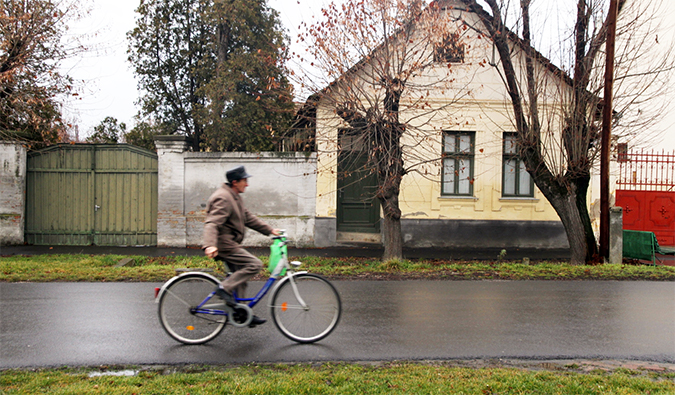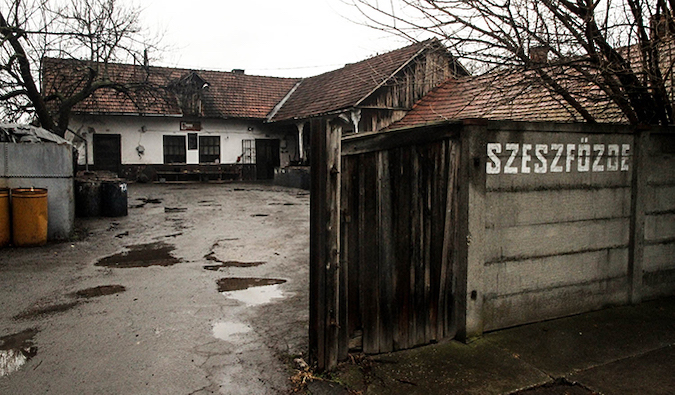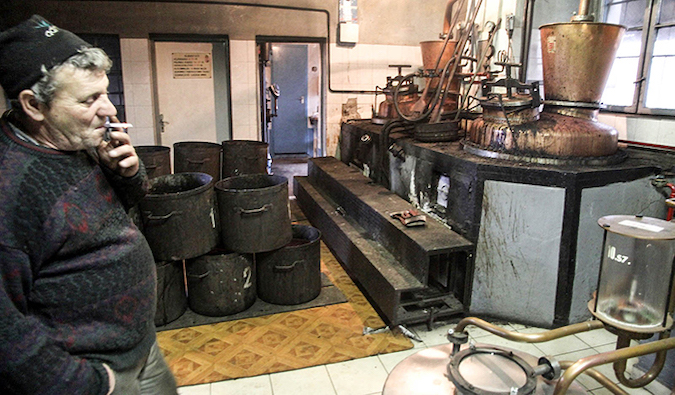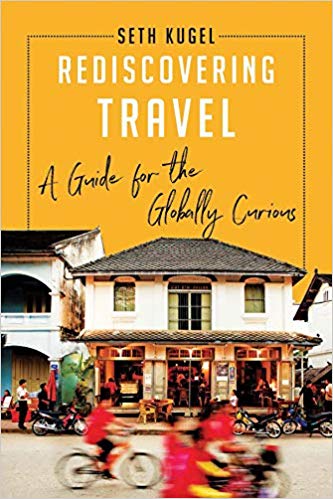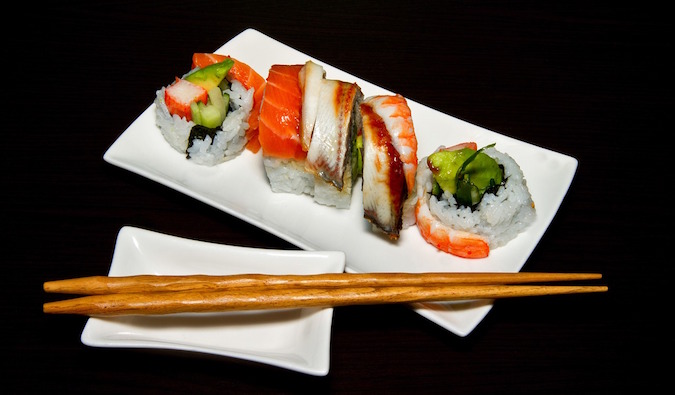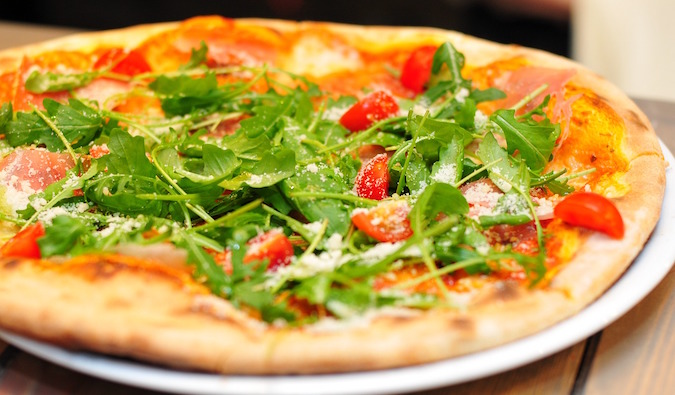
Posted: 05/18/2019 | May 18th, 2019
Every summer, backpackers from all around the world flock to Europe. Gap-year travelers, students on summer breaks, the recently retired — they’re all there to take in the continent’s sights, history, food, and beauty.
And while there are plenty of cheap ways to travel Europe, one of the most popular and iconic is via train, using a Eurail Pass.
The Eurail Pass is a train ticket that allows you to travel Europe on your own terms, in and through up to 31 countries. Eurail was first launched back in the 1950s as a consortium of a few dozen railway and shipping companies, as a way to increase (and simplify) train travel around the continent.
It’s changed a lot since those early days (there are far more rules today, and it comes with this giant instruction manual when it’s mailed to you!), and understanding the ins and outs of the various passes and what they do — and don’t — cover can often be confusing for first-time pass holders.
If you’re thinking about getting a Eurail Pass, this article will answer some of the most frequently asked questions I get about it.
Table of Contents
- How Does the Eurail Pass Work?
- What’s the Difference Between the Passes?
- How Much is a Eurail Pass?
- Do Prices Fluctuate?
- How Far in Advance Can a Eurail Pass Be Bought?
- Can I Buy a Eurail Pass in Person?
- Where Can I Buy a Eurail Pass?
- What Countries Does Eurail Go Through?
- Does the Eurail Pass Work on Local Trains?
- Does the Eurail Pass Cover High-Speed Trains?
- Can I Use Eurail Pass on Eurostar?
- Will I Need to Pre-Book Tickets?
- Is the Eurail Pass Worth It?
1. How Does the Eurail Pass Work?
First, you’ll need to buy your pass before you visit Europe (see below for details). It cannot be bought while you are on the continent (unless you’re European, but then you’d buy the Interrail Pass, not the Eurail Pass). It’s a paper ticket that must be mailed to you.
When your pass arrives, you’ll get a book that outlines the specific reservation rules for each country the pass covers. (It’s a great reference tool, so make sure to review it while planning your trip.) The pass will become valid the first time you use it.
2. What’s the Difference Between the Passes?
There are two major types of passes: country and global. Country passes work for individual countries, while the global pass will give you access to all 31 countries that take part in the Eurail program (listed below).
Once you know how long you’ll be traveling for (and where you are traveling to), you’ll be able to purchase the pass that best suits your needs.
3. How Much is a Eurail Pass? How Long Do They Last?
The price will depend on which pass you purchase. There are several options, based on how long you’ll be traveling for. There are passes for as much as three months of travel, as well as passes for just a few days.
Here is a chart with all the passes and the prices, so you can compare, or visit Eurail.com:
4. Do Prices Fluctuate?
While there are occasionally sales, the price for the Eurail pass is generally the same all year around.
5. How Far in Advance Can a Eurail Pass be Bought?
Passes can be bought online up to 11 months in advance.
6. Can I Buy a Eurail Pass in Person?
No, Eurail Passes need to be ordered online before you visit Europe, as the pass will be mailed to you. You cannot purchase the pass in person in Europe.
7. Where Can I Buy a Eurail Pass?
There are three places where you can purchase your pass:
- Eurail.com
- RailEurope.com (an official reseller of the tickets and passes that Eurail creates, occasionally at a discount)
- Interrail (only for Europeans)
8. What Countries Does Eurail Go Through?
As of 2019, there are 31 countries that participate in the pass:
Austria, Belgium, Bosnia & Herzegovina, Bulgaria, Croatia, the Czech Republic, Denmark, Finland, France, Germany, Great Britain (England, Wales, and Scotland), Greece, Hungary, Ireland (including Northern Ireland), Italy, Lithuania, Luxembourg, Macedonia, Montenegro, the Netherlands, Norway, Poland, Portugal, Romania, Serbia, Slovakia, Slovenia, Spain, Sweden, Switzerland, and Turkey (as well as Liechtenstein and Monaco).
While there is no country pass for Switzerland, all of the global pass options will work there.
9. Does the Eurail Pass Work on Local Trains?
The Eurail Passes only work on intercity train lines and not local trains such as subways or trams.
10. Does the Eurail Pass Cover High-Speed Trains?
The Eurail Pass does cover high-speed trains (as well as overnight trains). However, you’ll almost always have to make advance reservations for these, as they limit the number of Eurail pass holders on each train. (I know, it sucks.)
11.Can I Use Eurail Pass on Eurostar?
Yep, but you’ll need to make a reservation in advance. (Eurostar is a high-speed train connecting London with destinations in France, Belgium, and the Netherlands.)
12. Will I Need to Pre-Book Tickets?
Depending on the route, you may be able to just show up at the train, present the conductor with your pass, and continue your journey — or you might need to book a seat ahead of time. Some countries require this, and reservations are often required on most high-speed and overnight trains.
If your train requires you to book a reservation, you can do so the day of or day before you want to get on that train. You don’t need to book far in advance (that’s why the pass is so convenient!).
On the Eurail iPhone app, you can filter for “trains without compulsory reservation.” This will help you avoid seat reservation fees.
13. Is the Eurail Pass Worth It?
That depends! At the end of the day, rail passes are all about money.
A Eurail Pass is only worth getting if it saves you money. Unfortunately, that means you’ll have to do some math to figure out if a pass is right or not. It can be a time-consuming process, but it is certainly worth calculating if you’re on a budget.
To figure out if the rail pass will be economical, you’ll need to plan a route for yourself. After you have a general idea as to where you want to go over what period of time, visit the national railway websites and work out two sets of prices: one for tomorrow (i.e., a last-minute fare) and one for two months from now (i.e., an early-bird fare).
Next, add up the prices in each category to get an approximate total. Then, compare these prices with the Eurail price. That’s how you’ll be able to tell which option is the most budget-friendly.
See this long blog post, which goes into depth about the pros and cons of the pass.
The Eurail Pass won’t be suitable for every type of trip, but it’s one of the most convenient ways to explore the continent. Not only is it better for the environment than flying from city to city but it gives you flexible and affordable options for both short-term and long-term travel.
Whether you’re just visiting for a couple weeks or have a few months to spend exploring, you’ll be able to find a pass that suits your needs — all without breaking the bank!
If you want to learn more or have additional questions, be sure to check out my comprehensive guide to Eurail Passes and my experience using them.
Book Your Trip to Europe: Logistical Tips and Tricks
Book Your Flight
Find a cheap flight by using Skyscanner or Momondo. They are my two favorite search engines, because they search websites and airlines around the globe, so you always know no stone is being left unturned.
Book Your Accommodation
You can book your hostel with Hostelworld. If you want to stay somewhere other than a hostel, use Booking.com, as it consistently returns the cheapest rates for guesthouses and cheap hotels. (Here are my favorite hostels in Europe if you need any suggestions.)
Don’t Forget Travel Insurance
Travel insurance will protect you against illness, injury, theft, and cancellations. It’s comprehensive protection in case anything goes wrong. I never go on a trip without it, as I’ve had to use it many times in the past. I’ve been using World Nomads for ten years. My favorite companies that offer the best service and value are:
- World Nomads (for everyone below 70)
- Insure My Trip (for those over 70)
Looking for the best companies to save money with?
Check out my resource page for the best companies to use when you travel! I list all the ones I use — and I think they will help you too!
Looking for more information on visiting Europe?
Check out my in-depth destination guide to Europe with more tips on what to see and do, costs, ways to save, and much, much more!
Photo credits: 1
The post Is the Eurail Pass Right for You? appeared first on Nomadic Matt's Travel Site.
